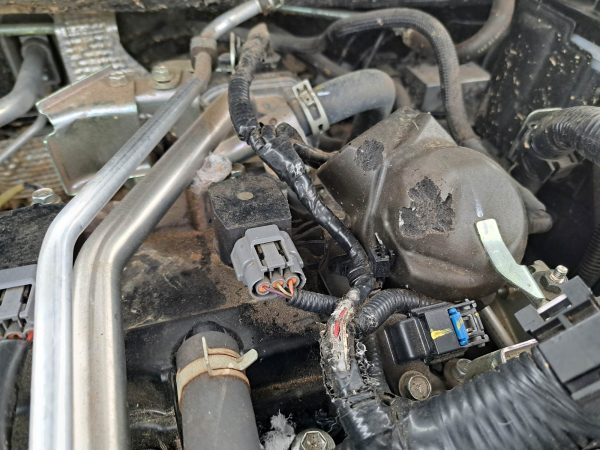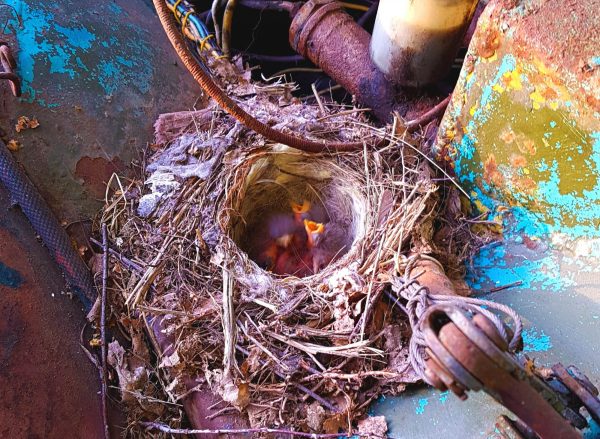At various times of the year, animals might look to invade your car and create a nest. Your vehicle has a plethora of warm, dry, dark places for rats, mice, squirrels, birds and insects to inhabit.

The things that will attract them are:
- leaving food or seeds (e.g. grass seed or bird seed) in your vehicle
- not using your vehicle very frequently
- parking next to an attractive food source, e.g. next to bins
- having a hole to the boot or cabin
- having soy-based cables or pipes
- parking in an area with a high rodent density
- parking in a garage which has ready access to birds
Nesting animals leave droppings and urine. In the case of rats, they will gnaw through cables and pipes to generate bedding for themselves, and to keep their teeth sharp. Newer biodegradable materials can also be a food source for them.

If you suspect you have some unwanted tenants in your vehicle, the first step is to check everywhere: the boot, the passenger compartment (under the seats, in the glovebox and up under the steering column), in the engine compartment and, if you can, behind the dashboard.
If you find evidence of animals or insects, first clean out the thing that’s attracting them (e.g. food).
Most animals and birds will leave the vehicle when you enter it, but insects won’t. If it is ants (common) or other insects, then you can use insecticides followed by vacuuming the interior. Use the vacuum on its highest setting, using the crevice tool as this allows you to get into smaller places and provides more suction.
If it is birds, it is most likely a surface nest, usually where the bonnet joins the windscreen, but sometimes in another depression in the bodywork.
Squirrels nesting in the engine bay can be got rid of by either leaving the bonnet open for a few days (they’ll hate the light and additional noise), or you can use a rag soaked in ammonia, or concentrated peppermint spray or peppermint oil.
Rats and mice are more difficult to eradicate. Rats will chew their way through a lot of things, whereas mice can fit through gaps less than 1cm square. Their droppings can be toxic, so before you clean it up, it’s best to damp it down thoroughly with disinfectant, then clean it. Once you are rid of the evidence the animal has been there, check that you block up any holes. You will also need to have any damage to wires repaired.
Similar products used to battle squirrels might work with rats and mice. You can also try an ultrasonic sound generator. Avoid using a water blaster because this can spray the droppings and detritus into more difficult-to-reach places.
Once you have got rid of the animals, you’ll need to get any damage sorted. It can be expensive, so hopefully it’s covered under your car insurance. If you have an EV, you may want to check with a specialist because any wires that are compromised could be carrying a much higher voltage.
